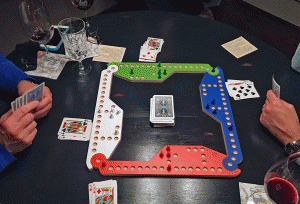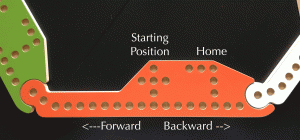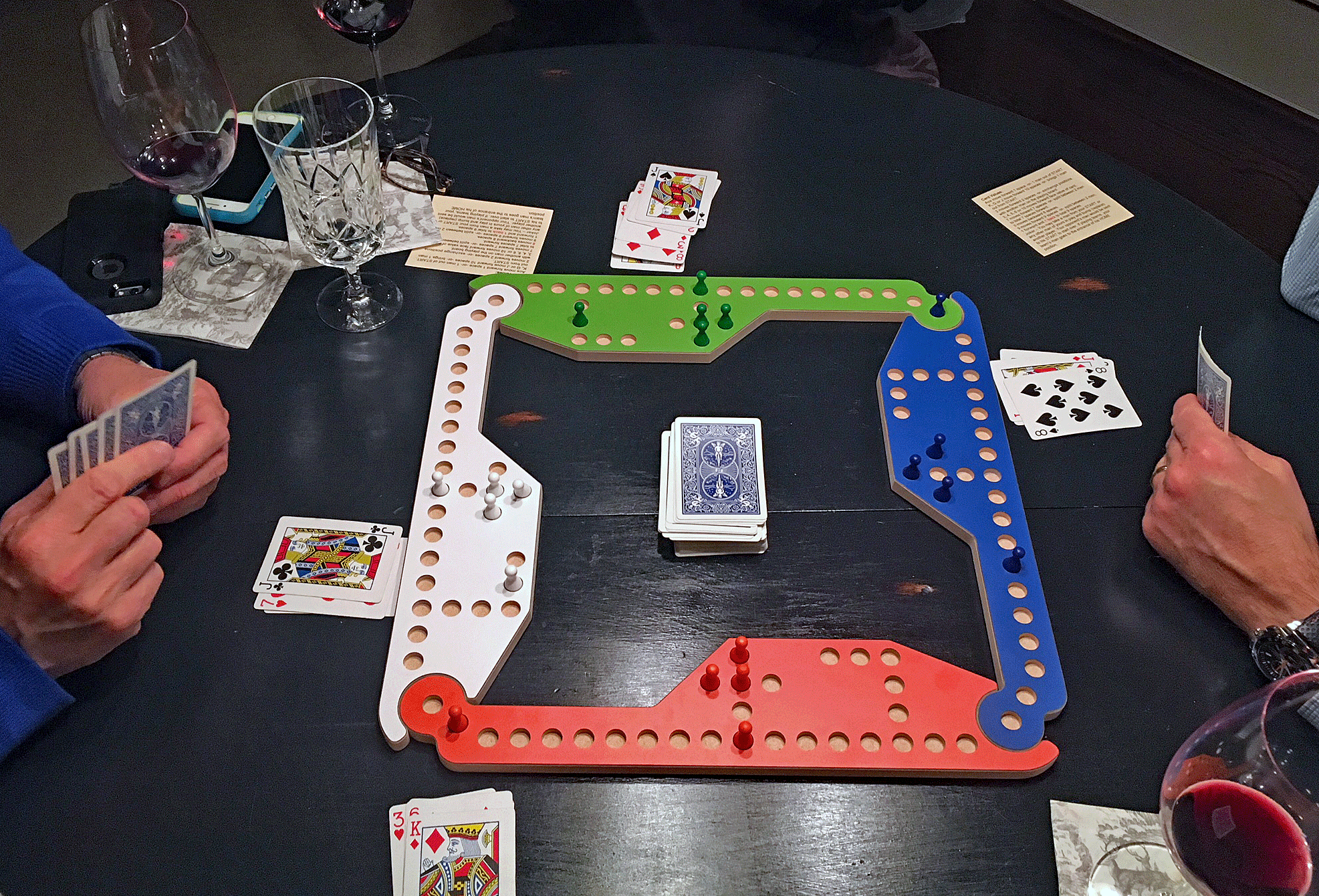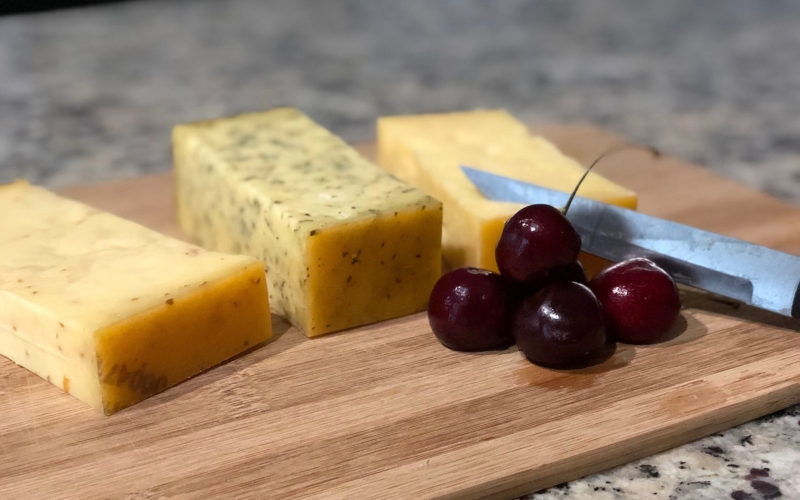Six years ago, I wrote about a card game that my husband and I learned from our neighbors that very much became an addiction for us. That post has had more than 1.3 million hits which to me signals there’s a lot of gamers out there like us.
For you, we have a new drug – Pegs and Jokers.
Taught to us by new friends (and also neighbors), Pegs and Jokers is a combination card and board game. If you recall the childhood game Sorry!, the board looks a lot like that. Unlike its childhood counter part, Pegs and Jokers can be played with eight or more people. But like Hand & Foot, this game has a nice balance of strategy and chance which doesn’t require extreme focus, allowing for great conversation .
.
The goal is simple; get your five pegs from their starting position safe to their home, moving, if you must, in a clockwise direction. If playing in teams, it is to get both players’ pegs safe. When one player has their pegs safe, they can begin playing their partner’s pegs.
Playing cards are used to determine moves. Use 3-4 decks shuffled together.
- Cards 2-10 move the pegs the number of the face value; in addition, aces = 1 and faces cards = ten.
- A seven can be (does not have to be) split to move two pegs forward.
- A nine can also be split; if it is, it must move one peg forward and one peg backwards. Played with just one peg, it moves forward.
- An eight moves a peg backwards only.
- Joker: Player can take any one of their pegs (either in the staring position or on the board) and replace any other peg on the board, essentially landing on that peg. (See below for what happens when you land on another peg.)
Players are dealt five cards. At a player’s turn, he draws one and discards (face up) his move.
- Moving out of starting position: Play a face card or an ace to get out of starting position. If a player doesn’t have a card to get out of starting position, they discard one in a separate pile. If the player reaches a fifth consecutive turn without being able to play, he can move a peg out of the starting position regardless of what he discards.
- Landing on another peg: If it is an opponent’s peg, the peg goes back to its starting position. If it is a team mate’s peg, the peg goes to the entrance to their home. (If that spot isn’t open, you can’t make a play that would land on your team mate.)
- If a player forgets to draw before he plays, he must draw two at his next turn, but leave them face down and play from the four remaining cards in his hand.
- If you have a card that will play, you must play it. The only exception is a Joker – you do not have to play a joker.
- You must move the full value of the card that is played. For example, if there are only two spaces to get a peg all the way home, you can’t play a four. You can play a seven and them move another peg five spaces. You could do something similar with a nine and move another peg backwards (in this case) seven spaces.
- You can not “jump” your own peg. You can jump an opponent or team mate’s peg.
- You can not “back into” your home/safe position. For example, you’ve moved a peg out of starting position. At your next turn, you play an eight. You must move backwards eight spots on main board (taking you to the corner position) and then move forward into home on another turn.
 Like all games, there are alternate versions with slightly different rules. One that we discovered when we bought our own game was an alternate option for playing a two. It could be used to move a peg forward two spots; or, it could be used by a player to swap one of his peg (in play) with any other peg on the board. In one game playing with this rule the game went on an absurdly number of rounds beyond when it should have been over because of an excessive number of twos. At that point, we decided that if we did play the twos swap, it would be only one color & not all.
Like all games, there are alternate versions with slightly different rules. One that we discovered when we bought our own game was an alternate option for playing a two. It could be used to move a peg forward two spots; or, it could be used by a player to swap one of his peg (in play) with any other peg on the board. In one game playing with this rule the game went on an absurdly number of rounds beyond when it should have been over because of an excessive number of twos. At that point, we decided that if we did play the twos swap, it would be only one color & not all.
Types of Boards: Our friends who taught us the game have a different type of board than ours. They have a large octagon shape that has an outer ring for an 8-player game with two inner rings for a 6-player and 4-player game. Our game came with individual interlocking pieces so that each player picks his/her color and then lock in next to an opponents piece at the corner, making the board as large or small depending on the number of players.
If you like games, you’ll love (I promise!) Pegs and Jokers.






Thank you for the great article Elisabeth. The detailed moves allows readers to see what the game is all about before making a purchase. We take great pride in making our Pegs and Jokers games, and love when we hear how much fun it brings into a home. Thank you for sharing!
You’re welcome! Let me know when y’all have more to sell & I’ll update the link to your product!
Hi Babette,
Amazon has just logged in our latest shipment. It’s hard to keep them stocked! Here’s the link: https://www.amazon.com/dp/B0169BJM2U.
Thank you so much for sharing!
Ron Vanausdoll
Wizard Woodworks
Awesome! Updated link for purchasing above!